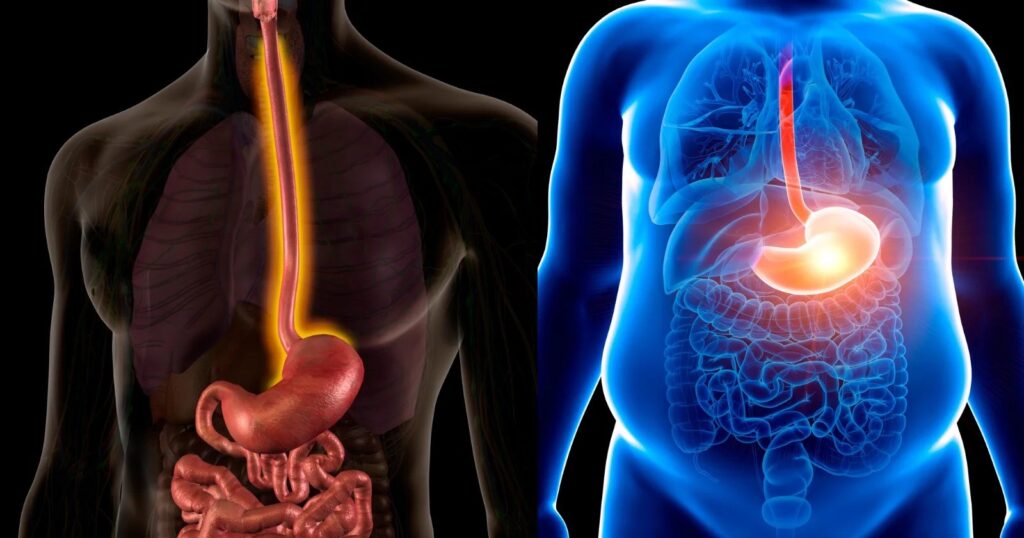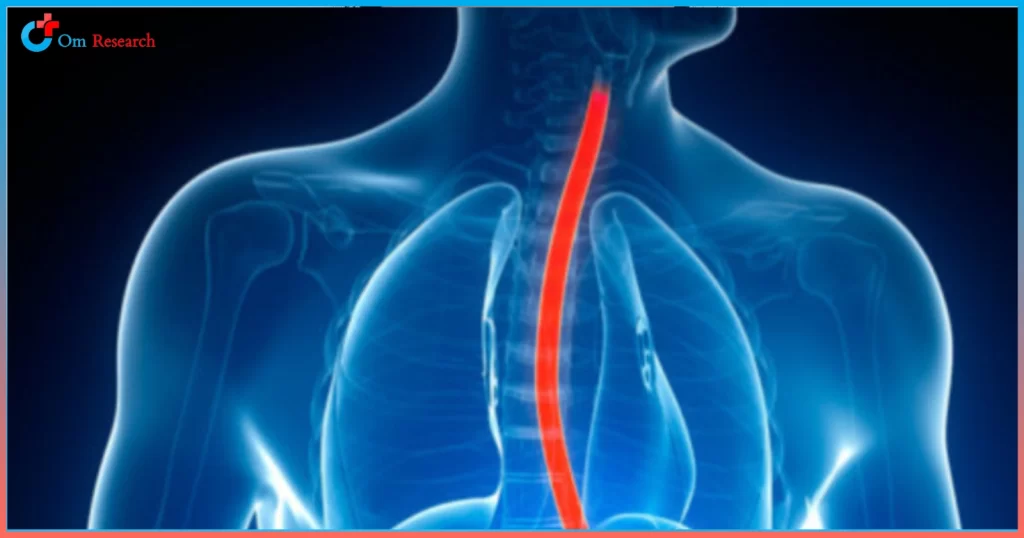Endoscopy is a diagnostic procedure that uses a thin, flexible tube called an endoscope containing a light and camera to examine the inside of the esophagus, stomach, and upper digestive tract.
The patient may receive sedatives or anesthesia to relax and reduce discomfort.
This process begins with preparation. It generally involves fasting for several hours for a clear view of the digestive system.
The endoscope is carefully inserted into the mouth and esophagus during this process. The camera in the endoscope transmits real-time images to a monitor. It helps doctors detect abnormalities such as inflammation, erosion, or eczema.
An endoscopy is not only used for diagnosis; it is also used for therapeutic intervention, such as if a stenosis or lesion caused by cancer is identified. The recovery is fast, and most patients can return to normal activities within one day.
Why an Endoscopy is Crucial for Erosive Esophagitis Diagnosis
An Endoscopy is necessary for the diagnosis of degenerative esophagitis. This is because endoscopy can provide detailed insight into what is occurring in our throat. Its role extends beyond diagnosis to help with treatment planning and long-term management.
Direct image display:
It also provides a real-time view of the esophageal lining. It helps identify inflammation, redness, or erosion due to acid reflux.
It can accurately differentiate between esophageal dystrophy and other esophageal conditions, such as infection or cancer.
Exploring complexity:
Identifies related problems such as stomach ulcers, spasms, or Barrett’s esophagus.
It helps detect cancerous changes early. It is critical for timely intervention.
Treatment plan guidelines:
Endoscopic findings help refine treatment strategies. It will ensure that the severity of symptoms is appropriately managed.
Enable follow-up assessments to monitor treatment effectiveness and adjust as needed.
Endoscopy’s superior accuracy in diagnosing dystrophic esophagitis is the cornerstone of effectively managing this condition.
What Endoscopy Reveals in Erosive Esophagitis
Endoscopic findings are particularly useful in assessing the extent of damage in degenerative esophagitis. These findings help doctors classify the severity of symptoms and determine the best course of action.
Severity of Rating:
Doctors often use the Los Angeles classification system to assess the severity of erosive esophagitis.
Category A: Minimal damage with little drag.
Category B: Large erosion, but it is limited to the folds of the mucus.
Grade C: Amplifies damage in groups but not continuously.
Grade D: Severe and continuous erosion.
This rating helps to understand the progression of symptoms and plan treatment accordingly.
Visible Indicators:

Redness and inflammation: Indicates irritation caused by prolonged exposure to acid.
Ulcers or erosions: Visible ruptures or lesions of the esophageal lining confirm the diagnosis of erosive esophagitis.
Structural changes: in advanced cases, it will be found that the esophagus is narrowed or constricted.
Biopsy for Further Analysis:
The doctor may take a small tissue sample for a biopsy during the procedure.
It helps distinguish other conditions. Such as infection, eosinophilic esophagitis, or cancer
The comprehensive nature of endoscopic findings ensures a complete understanding of the condition. It helps in accurate diagnosis and effective management.
Om Research: Advancing Diagnostic and Treatment Frontiers
At Om Research (OmR), we recognize the important role that endoscopy plays in diagnosing and managing erosive esophagitis.
Through our various trials, we aim to enhance endoscopy procedures and make these processes accurate, effective, and more accessible.



